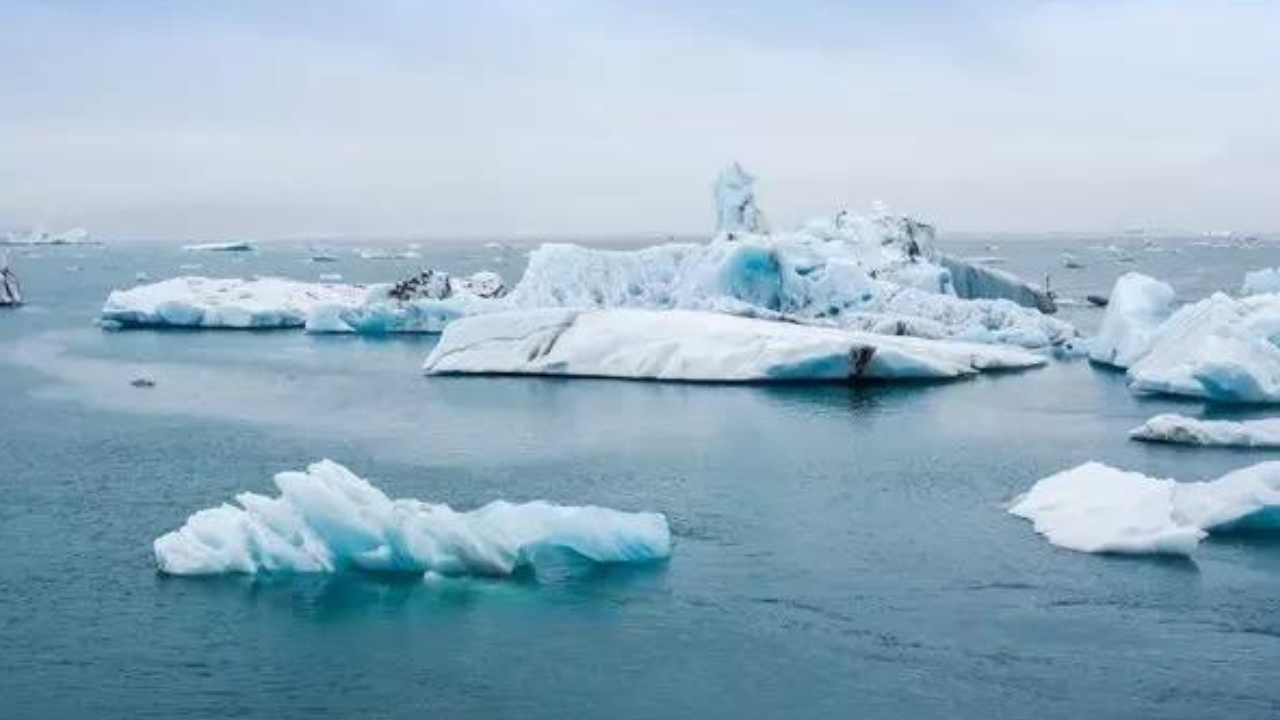Typically, Antarctic sea ice reaches its minimum extent in late February, during the summer of the continent. It then begins to grow again during the winter. However, this year has seen a different trend.
The sea ice has not recovered to expected levels and is currently at its lowest point for this time of year since records began 45 years ago. According to data from the National Snow and Ice Data Center (NSIDC), the ice extent is around 1.6 million square kilometers (0.6 million square miles) below the previous winter record set in 2022.0
In mid-July, Antarctica’s sea ice was 2.6 million square kilometers (1 million square miles) below the average for the period 1981 to 2010. This is roughly equivalent to the size of Argentina or the combined areas of Texas, California, New Mexico, Arizona, Nevada, Utah, and Colorado
Some scientists have described this phenomenon as extraordinarily rare, with the probability of it occurring only once in millions of years, as reported by CNN.
Ted Scambos, a glaciologist at the University of Colorado Boulder, expressed reservations about using such terms.
“The situation has changed,” he stated to CNN. “It is no longer useful to discuss the odds of it happening as it used to be. It is clear that the system has changed.”
Scientists are currently working to understand the reasons behind this change.
According to CNN, Antarctica is a remote and complex continent. Unlike the Arctic, where sea ice has been steadily decreasing due to the accelerating climate crisis, sea ice in Antarctica has experienced fluctuations between record highs and record lows over the last few decades. This makes it more challenging for scientists to comprehend its response to global warming.
Since 2016, scientists have observed a sharp downward trend. While natural climate variability plays a role in sea ice extent, many scientists believe that climate change is a significant driver of the disappearing ice.
Scambos added, “The Antarctic system has always been highly variable. However, the current level of variation is so extreme that something drastic has changed in the past two years, especially this year, compared to the previous 45 years.”
Multiple factors contribute to the loss of sea ice, including the intensity of westerly winds around Antarctica, which have been linked to the increase in planet-heating pollution.


